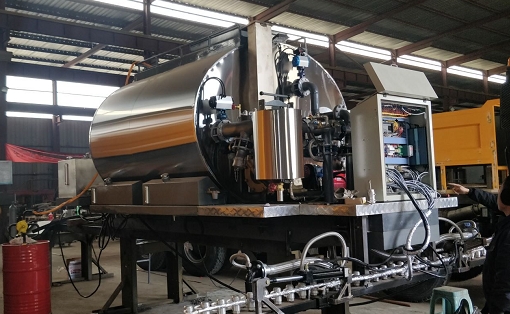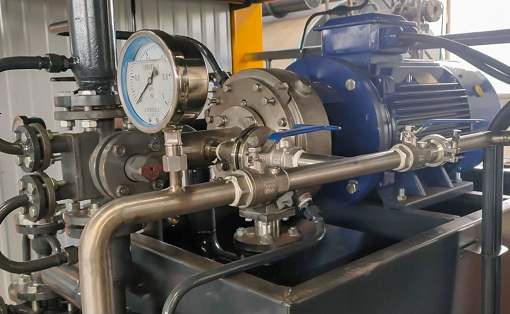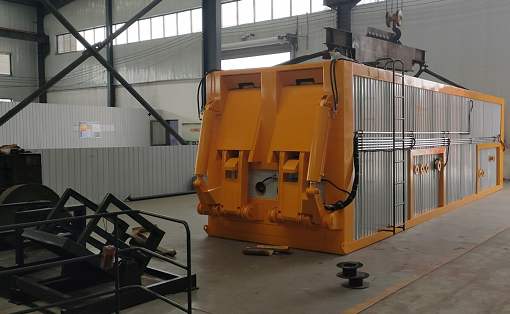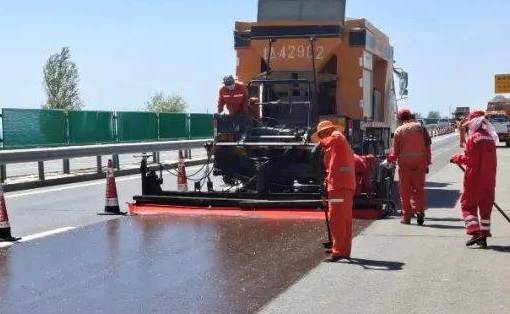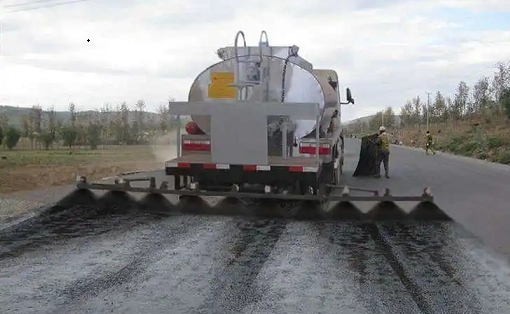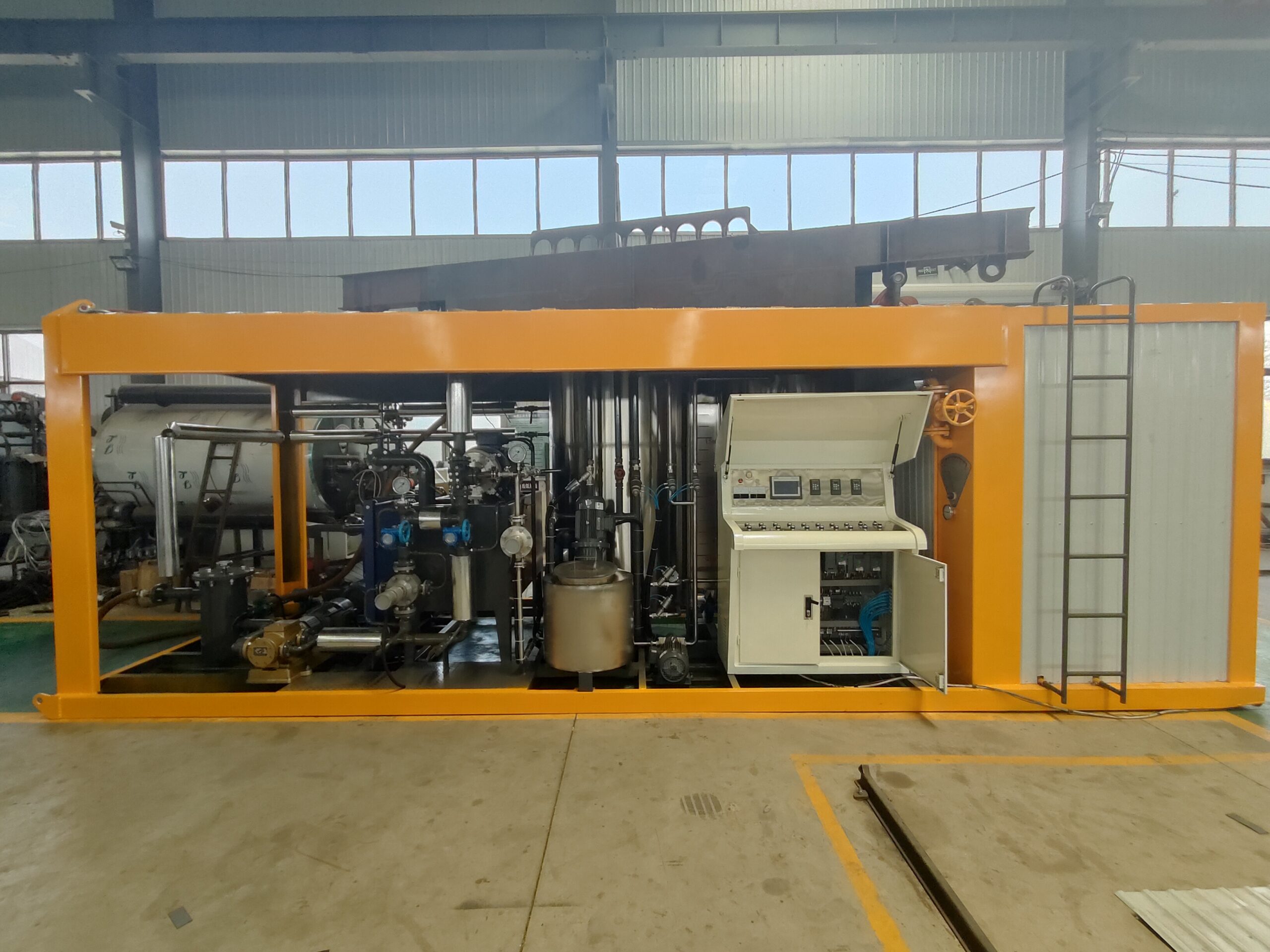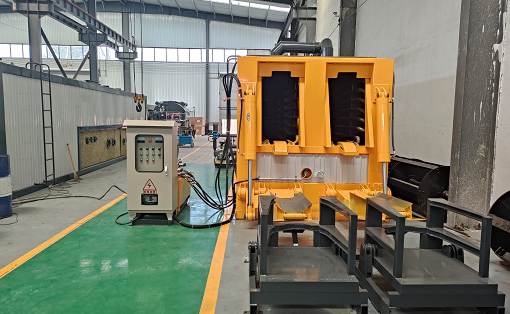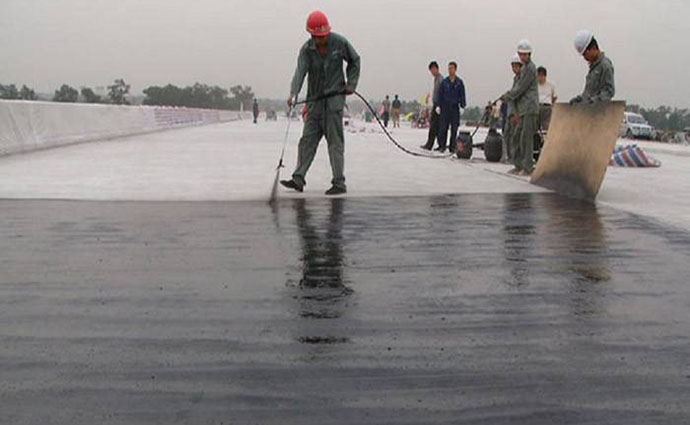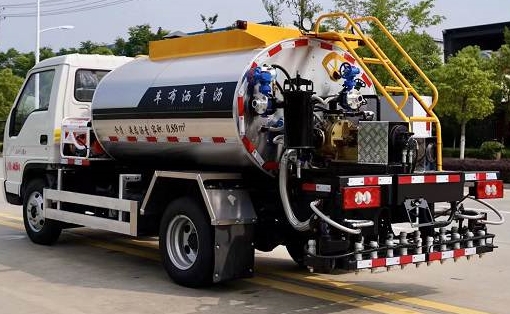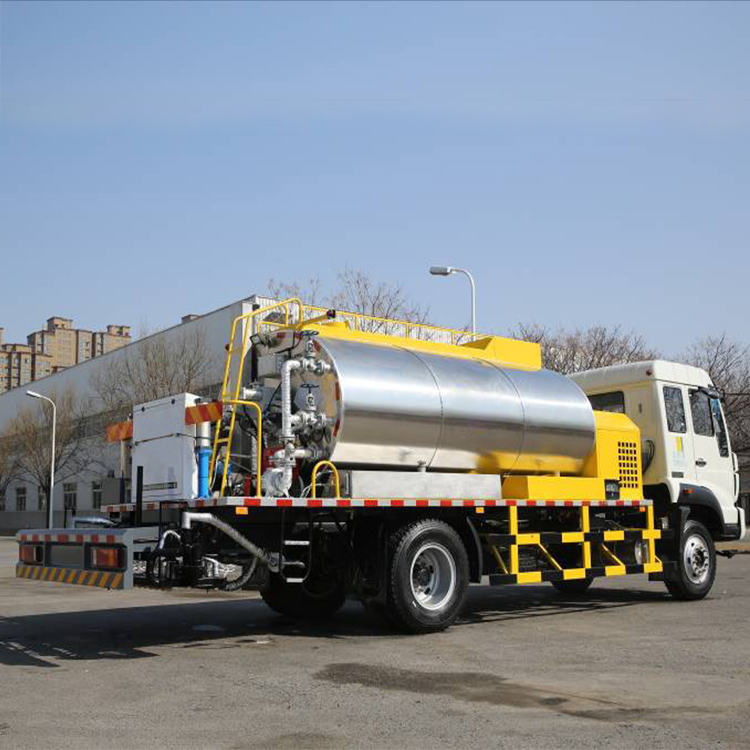What issues should we pay attention to when working with asphalt spreading trucks?
Before use, please check whether the position of each valve is accurate and make preparations before work. After starting the motor of the asphalt spreading truck, check the four thermal oil valves and air pressure gauge. After everything is normal, start the engine and the power take-off starts to work. Try running the asphalt pump and cycle for 5 minutes. If the pump head shell is hot to your hands, slowly close the thermal oil pump valve. If the heating is insufficient, the pump will not rotate or make noise. You need to open the valve and continue to heat the asphalt pump until it can operate normally.
Before use, please check whether the position of each valve is accurate and make preparations before work. After starting the motor of the asphalt spreading truck, check the four thermal oil valves and air pressure gauge. After everything is normal, start the engine and the power take-off starts to work. Try running the asphalt pump and cycle for 5 minutes. If the pump head shell is hot to your hands, slowly close the thermal oil pump valve. If the heating is insufficient, the pump will not rotate or make noise. You need to open the valve and continue to heat the asphalt pump until it can operate normally.
During the working process, the asphalt liquid must maintain a working temperature of 160~180°C, and cannot be filled too full (pay attention to the liquid level pointer during the injection of asphalt liquid, and check the tank mouth at any time). After the asphalt liquid is injected, the filling port must be closed tightly to prevent the asphalt liquid from overflowing during transportation. During use, the asphalt may not be pumped in. In this case, you need to check whether the interface of the asphalt suction pipe is leaking. When asphalt pumps and pipes are blocked by solidified asphalt, use a blowtorch to bake them, but do not force the pump to turn. When baking, care should be taken to avoid directly baking ball valves and rubber parts. The car keeps driving at a low speed while the asphalt is sprayed. Do not step on the accelerator hard, otherwise it may cause damage to the clutch, asphalt pump and other components. If you are spreading 6m wide asphalt, you should always pay attention to the obstacles on both sides to prevent collision with the spreading pipe. At the same time, the asphalt should remain in a large circulation state until the spreading work is completed. After every day’s work, any remaining asphalt must be returned to the asphalt pool, otherwise it will solidify in the tank and will not work next time.





